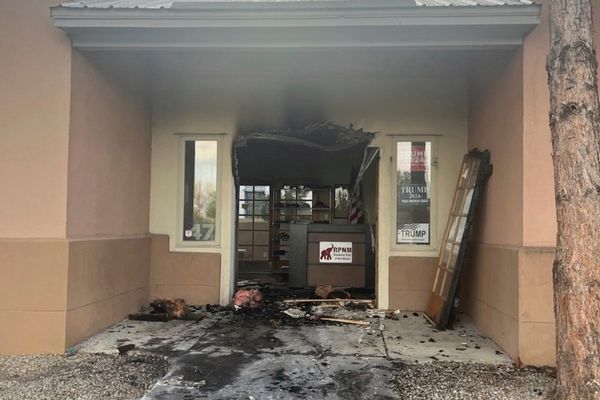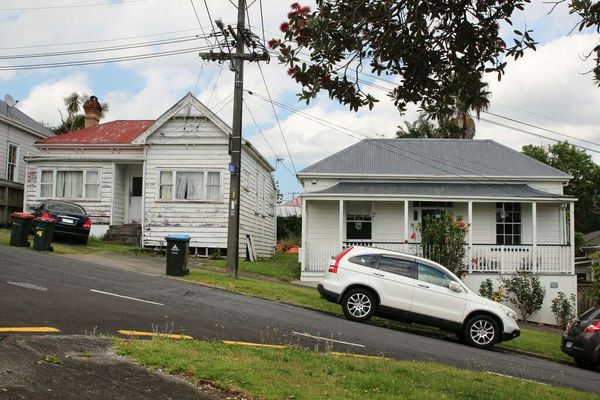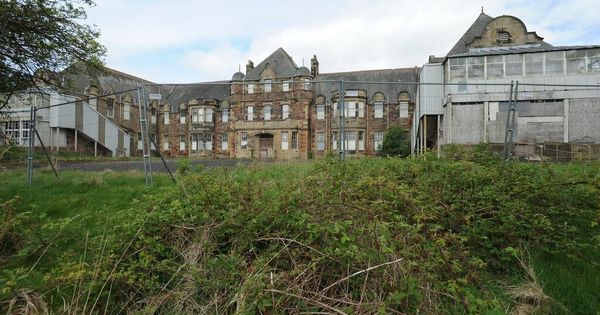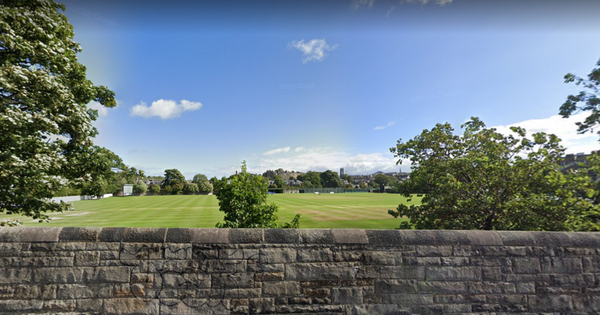
Auckland mayoral candidates have thrown in their lot behind special character areas in the debate of development versus preservation
The leading Auckland mayoral candidates have voiced their support for protecting special character areas as Auckland is opened for more intensified development.
It’s an issue that has sharply divided people across the city, with much of the disagreement centred around the extent to which special character areas should be protected.
These are proposed areas outside the walkable catchment zone of rapid transit, where 66 percent of properties were given a score of five or six on the council’s scale of special character value. Within walkable areas from rapid transit, 75 percent of properties need to be of this standard.
On Thursday, the Auckland Council planning committee is expected to decide whether to confirm the exact settings that allow for these protections.
The decision follows months of public consultation, resulting in almost 8000 Aucklanders speaking up on whether protection for special character areas should be enshrined in the changes to the Unitary Plan.
Both individuals and organisations made their opinion known on where more intensified development will be allowed across the city.
It’s a set of decisions that will determine the future of Tāmaki Makaurau, as the map is drawn by where higher-density housing and its requisite infrastructure will be allowed to grow.
As part of determining exactly what the new rulebook will look like, Auckland Council opened consultation to Aucklanders to measure support for the elements of the rule changes the council has control over.
Chief among these is what comes under ‘qualifying matters’ - that is, the special circumstances that would prevent higher-intensification housing from going ahead.
The council must present robust evidence to the Government in order for something to qualify, and it is special character areas that have come most under the microscope.
According to the Auckland Unitary Plan, special character areas are “specific residential and business areas identified as having collective and cohesive values, importance, relevance and interest to the communities within the locality and wider Auckland region”.
In responses from individuals, 72 percent of people from the 6226 first responses supported the idea of protecting special character areas, while 19 percent didn’t want any special character areas to be qualifying matters. A further 4 percent of people said they didn’t know, and another 5 percent chose 'other'.
Of organisations that responded, 49 percent were behind special character area protection, while 16 percent didn’t want any. The remainder were evenly split, 18 percent of respondents choosing ‘I don’t know’ and 18 percent choosing 'other'.
Matt Lowrie of the blog Greater Auckland said many Aucklanders resist change, and it’s the squeaky wheel that gets the grease.
“A lot of people don’t want change. And the council are more receptive to those complaints.”
The Character Coalition, a group formed to advocate for preserving character and heritage buildings, called the results an emphatic endorsement of special character areas by Aucklanders, saying the results have “sent such a strong signal to council, and Government, that Auckland values its SCA’s and wants them kept”.
Coalition leader Sally Hughes said, “The question now is whether Auckland’s local body members have the character and leadership qualities to stand up for Auckland in the face of [what] Wellington dictates”.
Mayoral race
Hughes said Auckland is looking for its champion in the upcoming mayoral race. But what do the candidates say to greater intensification versus greater protections for special character?
The Character Coalition approached each of the mayoral candidates, asking them to outline their stance on the issue, and found support from Efeso Collins, Leo Molloy, Viv Beck, Wayne Brown, and Craig Lord.
Current councillor Efeso Collins said he supports the Council's position, which is to include most of the properties in special character overlay areas in the unitary plan as a qualifying matter where the intensification rules don't apply, but also voiced some concern such protections could also keep people out of the housing market.
"I agree that Auckland historic character needs to be valued and preserved but it need a sharper focus on what parts of our history is worth preserving so we don't use preservation as a tool to lock people out of the housing market in some of our most desirable and established suburbs," he said.
Leo Molloy also wants to find a balance it seems, backing special character areas but acknowledging that some parts of the inner-city are in dire need of intensification.
“Auckland’s special character areas are part of the fabric that make up and in fact define our beautiful city. Protecting their aesthetic must be a priority. However, we do need to intensify and I acknowledge that certain areas of the inner city are suitable for this purpose," he said. "As Mayor I will explore all options that will make Auckland more liveable and affordable without losing part of the city’s identity and history."
Former CEO of Heart of the City Viv Beck was unequivocal in her support of special character, saying “the proposed changes will have a major detrimental impact on the character and identity of our city and once this has gone, it cannot be reinstated”.
She promised to “lead discussion with the Government to change these plans and protect the retention of character and heritage” if elected.
Lord detailed a trip to Dubai where he was dismayed by the number of historic buildings razed in the face of rapid modernisation. Despite this, he said he fully supported medium- and high-density dwellings within the proximity of major transport hubs.
“Going up not out makes complete sense and solves many issues,” he said. “But again, there must be very particular caveats to this.”
And former Far North mayor Wayne Brown said he owns a listed building - his last house being a Grey Lynn villa. He’d also been involved in the preservation of the Kemp House and Stone Store, among other heritage buildings that have “used his engineering and heritage construction expertise”.
It’s worth noting that heritage buildings are generally protected under the Resource Management Act and their place on the New Zealand Heritage List. This means notable stand-alone historic buildings will have protection ensured by other parts of the rules.
Special character areas are a vaguer concept: the historic and aesthetic values of whole neighbourhoods, which tend to be the leafy and wealthy streets of inner-city suburbs such as Ponsonby and Remuera.
Special character is extended to collections of houses that represent periods of history in Auckland’s growth, with many of them 19th Century cottages, late Victorian villas, Edwardian villas and California-style bungalows from between the world wars.
Special character and heritage has been a distinction hard to parse at times in the argument between the traditionalists who value preserving heritage and those who want to fast-track a clean, green and compact city - and the many variations that fall between.
However, the protection of buildings like Kerikeri’s Stone Store is not the same cause as fighting for special character overlays in Auckland’s residential areas.
Former mayoral candidate Jake Law found a diplomatic resting spot between the two poles, saying “as a young person, we want to find ways to make housing more affordable and equitable, while protecting what makes our communities unique, special, and safe places for all residents to live”.
Chairs of the local boards will also be given a five-minute slot to speak up on the potential changes to the Unitary Plan. This will be to provide feedback to the broader council on the plan and the changes to it already made.

Who was consulted?
Most of the responses were concentrated in a three-week period during May, with the majority picked up online through virtual ‘have your say’ events and information webinars. In-person information sessions and help by the council’s community engagement partners to reach diverse and sometimes hard-to-reach communities also played a role.
The respondents represent a mostly self-selected 0.4 percent of the total population of Auckland - although it is impossible to say with authority which side would benefit from this self-selection.
Auckland councillor and head of the planning committee Chris Darby said Aucklanders have strong views on housing in the city.
“We want them to help us understand if we’re on the right track with the limited decisions we can make,” he said of the consultation process. “While most of the Government’s changes are mandatory, the council’s decisions will be crucial to shaping how our city grows to meet the housing needs of current and future Aucklanders.”
Meanwhile councillor Josephine Bartley, deputy chair of planning, said it is vital the diverse communities across Auckland make their voices heard about how the city grows in the future.
“These changes will directly impact how we allow for more housing and more choices for all people in communities across our whole city,” she said.










